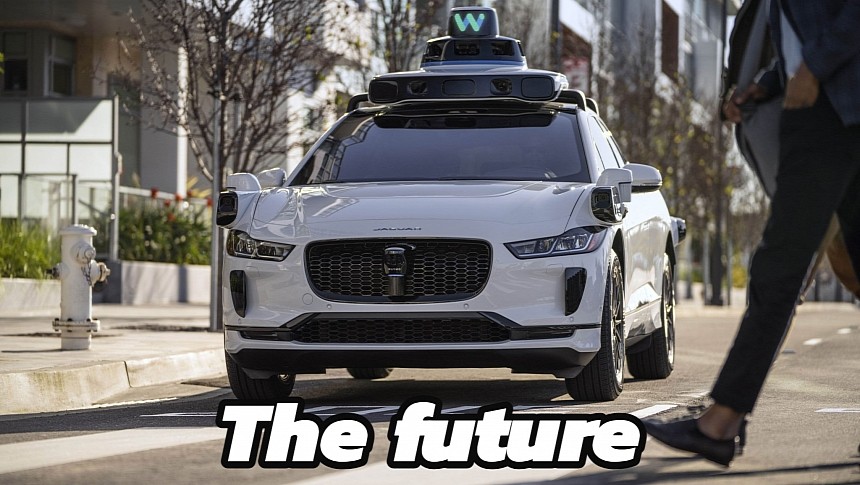Waymo and Cruise are the most advanced players in the robotaxi space, both operating in San Francisco for the past few years. Cruise is arguably more advanced, already being allowed to offer paid driverless services in some city regions, mainly at night. Waymo is not far behind, being permitted to do the same, but with a safety driver present in the car. Both companies sought to expand the operating hours and areas and, in the case of Waymo, get rid of the driver.
Cruise and Waymo filed to expand their operations throughout San Francisco with California Public Utilities Commission (CPUC). The approval process was expected to conclude in July, but San Francisco authorities fought back, citing safety concerns. Almost a month later, following a heated, seven-hour debate, the commission finally decided on Thursday to accept the applications. The decision marks a watershed moment for autonomous driving companies, safety advocates, local authorities, and citizens.
The decision will not only allow the two companies to grow but also other companies to set foot in the city and advance autonomous driving technology. There are more than 40 companies that are allowed to test their driverless cars in San Francisco, from small startups to technology giants. More than 1,000 autonomous vehicles are operating now in the city.
For Waymo, this marks the true beginning of their commercial operations in San Francisco. On the other hand, Cruise thinks the permit will allow it to break even and generate $1 billion in revenue by 2025. Although the CPUC's decision will vastly accelerate AD development, both will have to demonstrate that their technology is safe to operate at scale among human-driven vehicles in crowded city traffic.
So far, robotaxis have been met with mixed feelings ranging from excitement to outright hostility. Some consider robotaxis safer than human drivers, while others call Cruise and Waymo driverless cars "a public menace." San Francisco officials have tried to convince California state authorities that AV technology is not ready to scale, citing over 600 unexpected stops and about 50 written reports of interference with emergency services in the city.
The public has also coalesced and started disabling Waymo and Cruise robotaxis by placing traffic cones on their hoods to disable the sensors. Despite these protests, autonomous driving technology is here to stay and will transform our lives in the coming years. Just like the automobile did a century ago.
We’ve been waiting for this moment and now we can share it with you: Today, we received our paid driverless permit from the CPUC! In the coming weeks, we’ll begin charging fares for rider-only trips and welcoming new riders into Waymo One in San Francisco. https://t.co/xxNiKuLevG pic.twitter.com/KaBf2I9UwZ
— Waymo (@Waymo) August 11, 2023
Thrilled to announce that the California Public Utilities Commission just approved @Cruise for fared operation 24/7 across all of San Francisco!
— Kyle Vogt (@kvogt) August 11, 2023
It’s a huge milestone for the AV industry, but even more importantly a signal to the country that CA prioritizes progress over our…







